S'sonic
Stealth
Menu
A free template by Lucknowwebs.com for WYSIWYG WebBuilder 8
Powered by Sispro1-S
Nigel G Wilcox
Paragon Of Space Publication
© Copyright Reserved - United Kingdom
Ideal Screen Composition 1024 x 768
SITEMAP
PSEUDO SCIENCE
SCIENCE RESEARCH
ABOUT
Desk
Supersonic
Stealth
Study
Menu
MAIN INDEX
Fastest Air Planes
Space
Transport
Menu
X-31 EFMI
SEPECAT-Jaguar
http://military.wikia.com/wiki/SEPECAT_Jaguar?file=Cockpit_of_Jaguar_GR.3A.jpg
The X-31 experimental aircraft was a joint development venture between Rockwell and Messerschmitt-Bolkow-Blohm (MBB) of Germany to test the viability of thrust-vectoring hardware and software. Two prototypes were used throughout the program's run with a first-flight recorded on October 11th, 1990. Of the pair, one crashed during a test flight (the pilot ejecting safely) while the surviving member ended its days as a showpiece at the Deutsches Museum Flugwerft Schleissheim in Germany.
Many off-the-shelf components, borrowed from designs like the F-16, F-16XL, F/A-18 Hornet and B-1 bomber, made up the actual aircraft to keep development costs down and construction times short. The result was a sleek, though largely conventional, fighter design sporting well-swept, low-mounted monoplane wings (in a canard delta configuration), a single rudder and no horizontal planes at the tail (instead nose-mounted canards took over their role). A retractable undercarriage assisted ground running. The pilot was given a commanding view over the nose thanks to an elevated seating position and tear-drop-style canopy. The fuselage appeared with rounded slab sides and a deep profile.
Power was derived from a single General Electric F404-GE-400 series turbofan engine of 16,000lb thrust output, giving the airframe a maximum speed of 900 miles per hour, a service ceiling up to 40,000 feet and a rate-of-climb nearing 43,000 feet per minute. The engine was aspirated through a rectangular intake identified under the cockpit floor aft of the nose cone. The key design element of the X-31 was its jet pipe exhaust structure which incorporated three moveable panels to direct the flow of outgoing thrust. The idea was to test high Angle-of-Attack (AoA) performance during maneuvers - in this respect, the program succeeded.
Between the two prototypes, 580 flights were completed. Prototype 1 was lost on January 19th, 1995 due to ice build-up at the pitot tube resulting in incorrect data being fed to the onboard computers. Prototype 2 flew on into 2003 before being put out to pasture.
VECTOR stands for Vectoring Extremely Short Take-Off and Landing Control and Tailless Operational Research and is being used to research extremely short take-off and landing capabilities and also the aerodynamic characteristics of tailless flight using integrated thrust vector control. Three technology areas are involved:
- Extremely Short Take-Off and Landing (ESTOL) using thrust vectoring control
- Flush Air Data System (FADS)
- Tailless/reduced vertical tail configurations
This incorporated a new flight control software system was installed together with an auto-throttle system, a belly-mounted video camera and components of inertial navigation and global positioning systems. The revised aircraft made its first flight for Vector on 24 February 2001. After two months of basic flight testing, the aircraft began a year of upgrading and ground testing to perform ESTOL landings to a “virtual runway” at 5,000 feet. The X-31 took to the air again on 17 May 2002.
The Rockwell-Messerschmitt-Bölkow-Blohm X-31 was an experimental jet fighter designed to test fighter thrust vectoring technology. It was designed and built by Rockwell and Messerschmitt-Bölkow-Blohm, as part of a joint US and German Enhanced Fighter Maneuverability program to provide additional control authority in pitch and yaw, for significantly more maneuverability than most conventional fighters. An advanced flight control system provided controlled flight at high angles of attack where conventional aircraft would stall or lose control. Two aircraft were built, of which only one has survived.
Maximum speed: 1,449 km/h (900.37 mph) Maiden flight: 1990 Length: 44.33 ft Wingspan: 23.82 ft Passengers: 1
Manufacturers: Rockwell International · Messerschmitt-Bölkow-Blohm · Messerschmitt · Meritor, Inc.

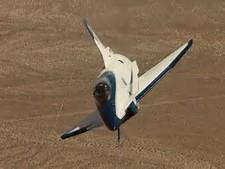
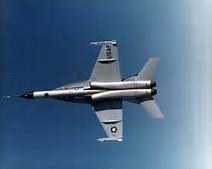
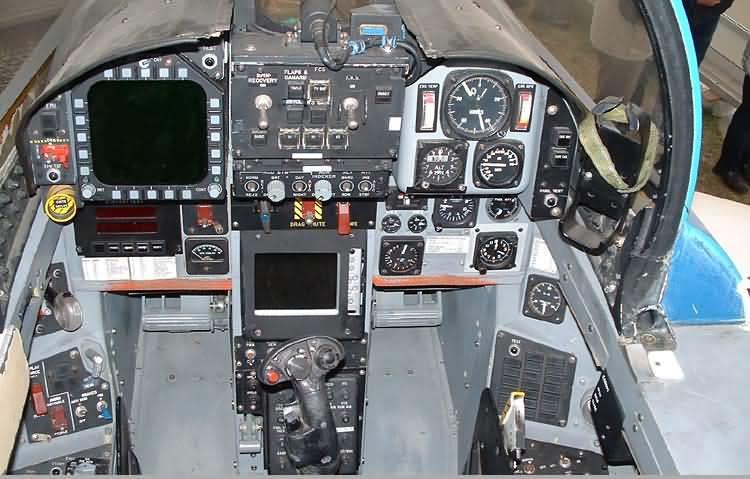
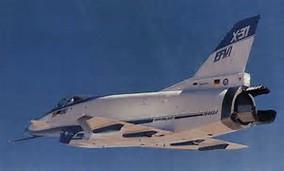
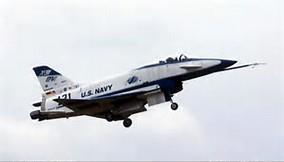
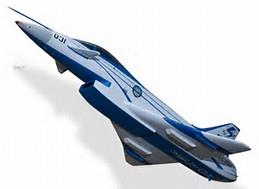
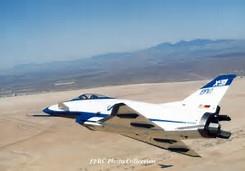
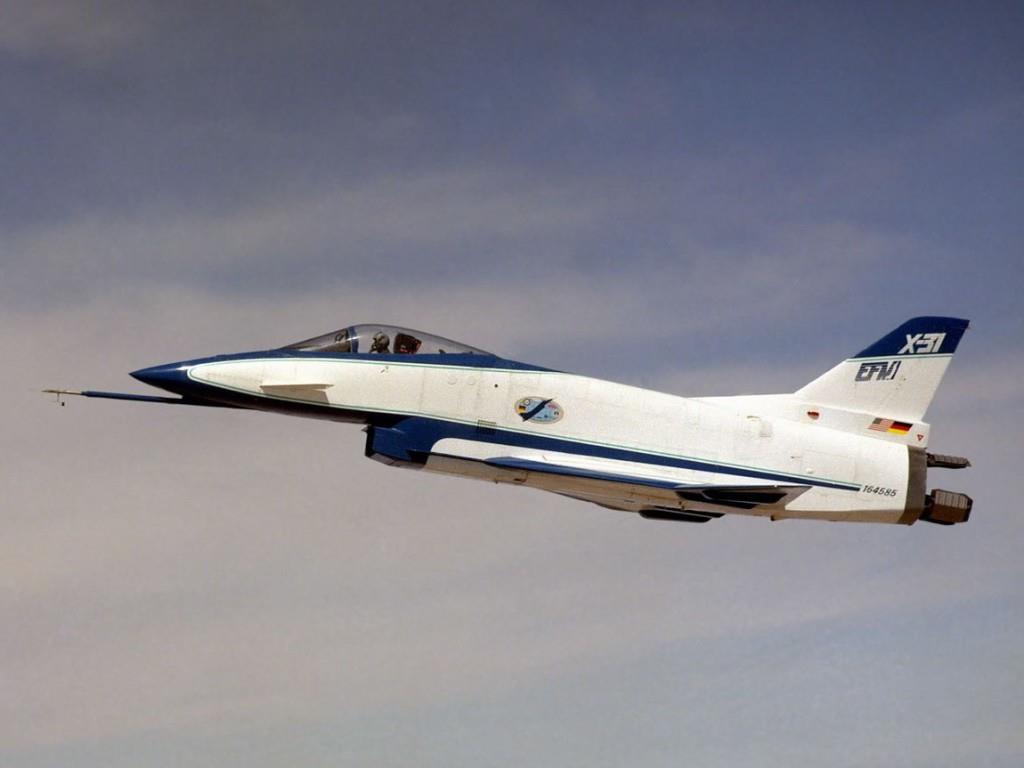
General characteristics
Crew: 1
Length: 43ft 4 in (13.21m)
Wingspan: 23 ft 10 in (7.26 m)
Height: 14 ft 7in (4.44m)
Wing area: 226.3 sq ft (21.02 m²)
Aspect ratio: 2.51:1
Empty weight: 11,410 lb (5,175 kg)
Loaded weight: 14,600 lb (6,622 kg)
Max. takeoff weight: 15,935 lb (7,228 kg)
Powerplant: 1 × General Electric F404-GE-400 turbofan, 16,000 lbf (71 kN)afterburning
Performance
Maximum speed: Mach 1.28[11] (900 mph, 783 knots, 1,449 km/h)
Service ceiling: 40,000 ft (12,200 m)
Rate of climb: 43,000 ft/min (218 m/s)
Wing loading: 64.5 lb/ft² (315 kg/m²)
Role: Experimental aircraft
National origin: United States / Germany
Manufacturer: Rockwell / Messerschmitt-Bölkow-Blohm
First flight: 11 October 1990
Primary users: DARPA
NASA
DLR
Number built: 2














